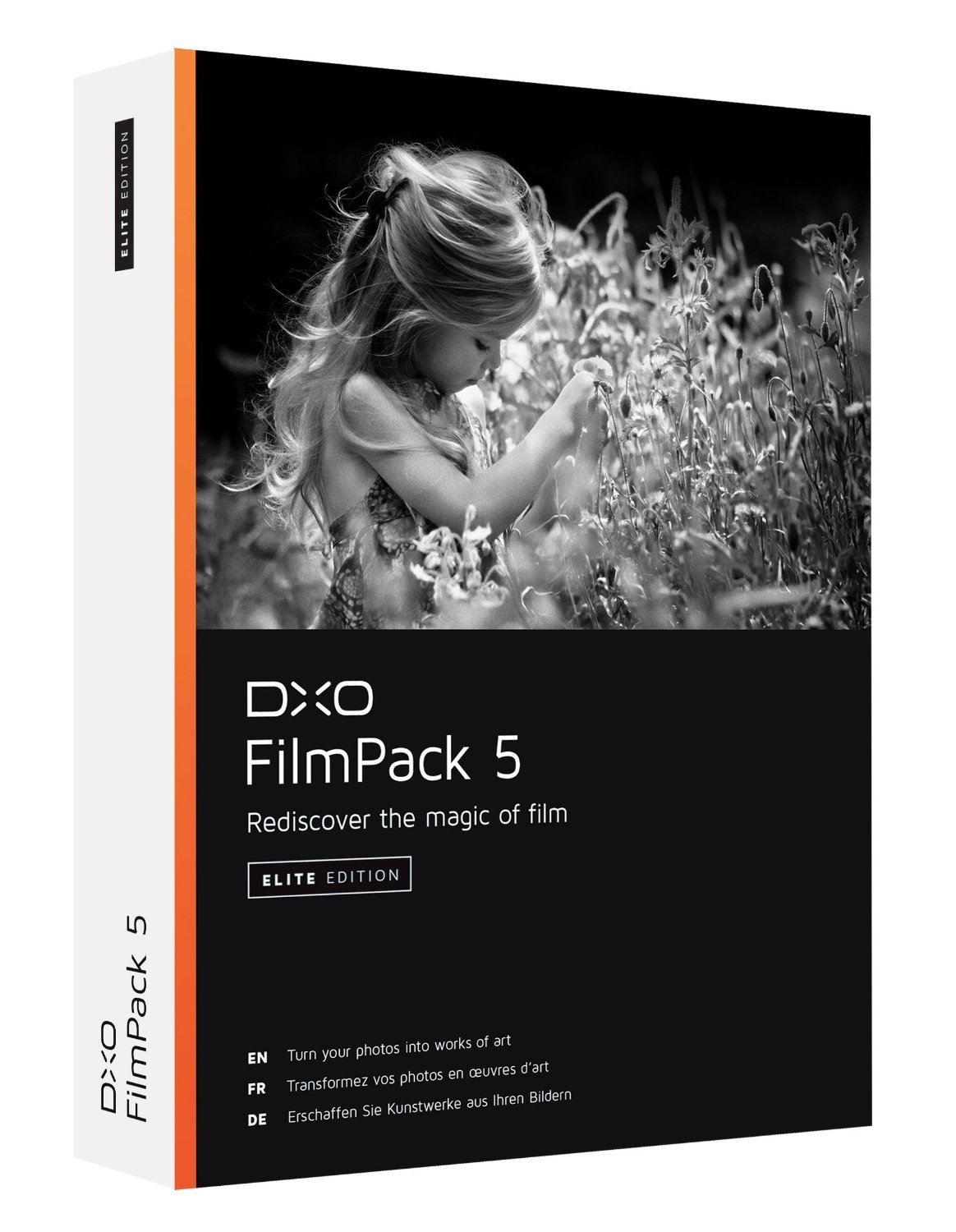

In fact, I don't use the shadow slider a lot and when I do I tend to keep the settings low. I often use the spot weighted smart lighting to lift shadows before I even think about using the shadow slider. The interface can be daunting but, unlike LR, you can configure it to be as extensive or basic as you want, and can save workspaces so you can quickly switch from one task environment to another (i.e., culling, basic adjustments, retouching).
DXO FILMPACK 5 SALE DOWNLOAD
There are A LOT of control options for redistributing tone in DxO P元 including the maybe not used so often Spot Weighted Smart Lighting and the extensive set of Local Adjustment tools, and specifically, using control points to select the tonal range you want.ĭefinitely download a demo and see if it fits your needs and workflow. Try to develop an image made on overcast day and then try to develop an image with wide dynamic range and try to rescue some highlights and push some shadows.
DXO FILMPACK 5 SALE TRIAL
I could write a lot more.ĭownload DxO (free 1 month trial version) and play. DxO is not as simple to use as someone could think. In such cases is best to use Local adjustment and raise exposure where you need to lift shadows. Sometimes if you want to push shadows Smart lighting does not work and because of their behaviour those Selective tones slider also does not help. When you push shadows in DxO you usually get dull image without contrast so you need to move additional sliders to get back the contrast. When you push shadows in Lightroom the photo retain contrast. Why? Lightroom does some adjustments ‘behind the curtain’. Fourth use Contrast, Micro contrast, Fine contrast and ClearView to get back the contrast. Third make small corrections (fine-tune) with Selective tone sliders (Highlights, Midtones, Shadows and Blacks sliders) Sometimes it works and sometimes does not. You need to play and move those rectangles around and change their size to get the result you want. It’s important how big are those rectangles and where you put them. With ‘Spot Smart Lighting’ you draw rectangles on the image. ‘General Smart Lighting’ adjusts image in general.

Second adjust highlights and shadows with ‘Smart Lighting’ slider. First adjust the exposure with Exposure compensation The workflow in DxO is different as the workflow in Lightroom. If you push Highlights slider to the left the image gets dull so you need to push Midtones slider to the right to compensate.

Shadows slider affects all midtones area and slightly blacks. Highlights slider in DxO also does not recreate as much highlights as Highlights slider in Lightroom. You can put gray scale in DxO and in Lightroom and compare how those sliders are different.


 0 kommentar(er)
0 kommentar(er)
